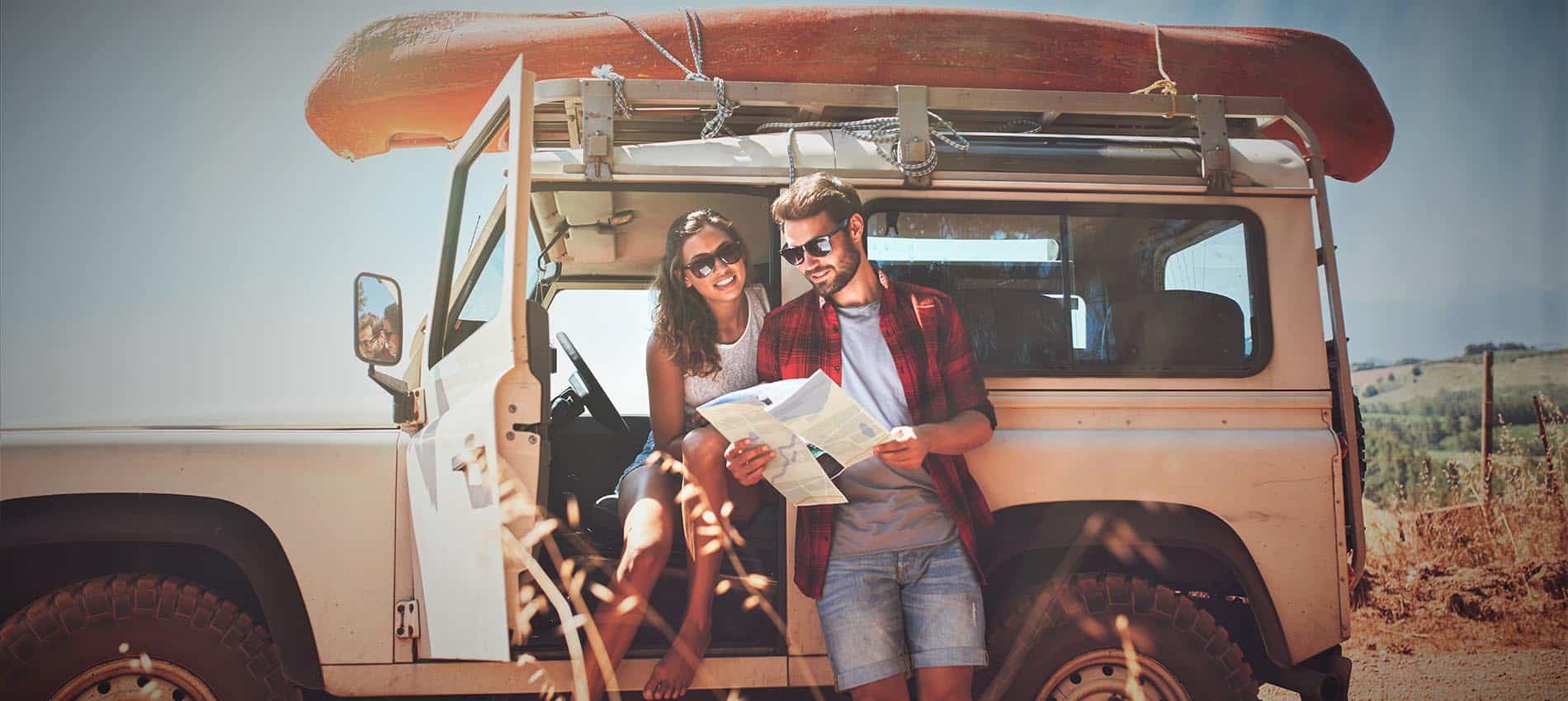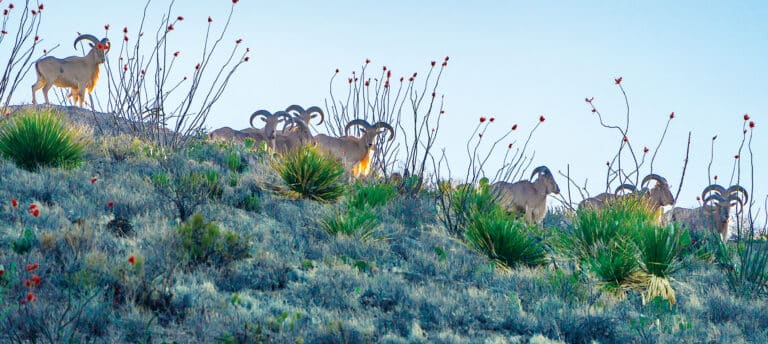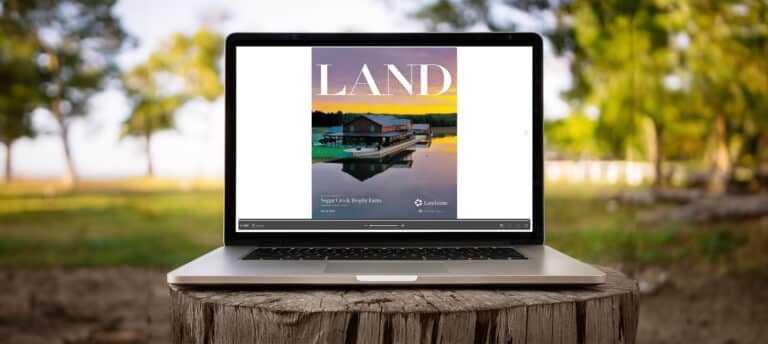
While transiting through an airport in Montreal, on a return from a caribou hunt in Quebec, I had an opportunity to have a protracted discussion with a family who had just wrapped up a caribou hunt themselves. The husband, wife, and young teenage boy looked miserable and, based on their story, had endured what ended up being an unpleasant hunting vacation. They complained about their blistered feet, staying wet and cold much of the time, seeing no caribou until the last few days of their trip, having no selection of soft drinks, being eaten up by black flies, having very few fresh veggies to eat, and having to share camp with five other men who drank alcohol during the evening and acted more like mountain men than professional civilians. On the other hand, our group of seven hunters had just wrapped up a caribou hunt in a comparable type of camp with similar amenities and meals, not far from where the family had been hunting, and we had a wonderful time. How could it be that two separate groups had two very different experiences, but were likely dealing with very similar circumstances regarding camp conditions, terrain and weather, and game activity?
When it comes to adventure-type vacations, such as hunting, fishing, backcountry hiking and camping, rafting, and other outdoor excursions, the enjoyment and satisfaction levels of the end-result will often boil down to how well prepared the traveler is for the trip, mentally, physically, and gear-wise. So, when it comes to spending one’s hard-earned money, and investing precious vacation time into such excursions, it simply makes sense for the travelers to do some homework and try to go the extra mile to ensure a fun and rewarding outcome.
Have your own wildlife business-related question? Ask Greg here!
Match-making
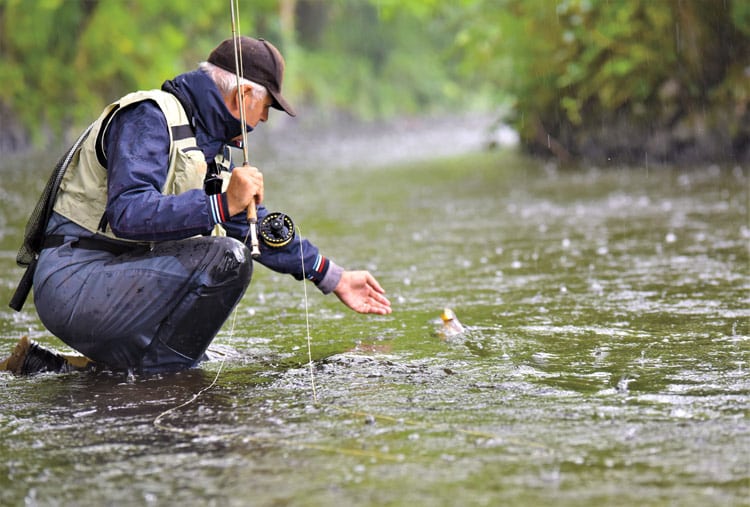
Fundamentally, having a rewarding outdoor adventure vacation begins with choosing a destination package that is well-suited for ALL individuals in the group. Are the physical demands of the trip within the boundaries of the capabilities of each attendee? Are the lodging or camp facilities adequate to keep everyone comfortable? What about the food and beverages? Are there others who will be sharing the same lodging, and if so, what about compatibility issues? There are many variables to consider when trying to sort out a plan that’s well-suited for the entire group, which will ultimately allow you to develop a pre-trip mindset that’s realistic and in-line with what your adventure package has to offer; it’s a process of match-making.
Communication with service provider

Whether your service provider be a hunting or fishing outfitter, a travel agent, or a lodge manager, make sure that there is good communication during the time leading up to the excursion. Most operations will provide some type of pre-travel planner packet. Make sure that all individuals read through these materials so that they can best anticipate what they should realistically expect. This type of pre-travel prep will likely help sort out details such as anticipated weather conditions, license or registration requirements, special gear needs, meet and greet details, gratuity considerations and other miscellaneous trip costs, and various other possible details. Ask questions, do online research, and don’t wait until the last minute to make sure all ducks are in a row.
Appropriate wear
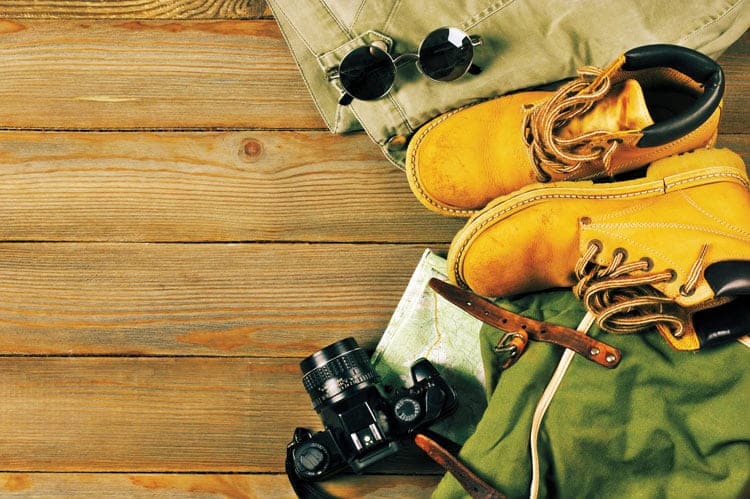
Having appropriate attire, from head to toe, is more important on outdoor adventure type vacations than on general travel vacations. Clothing that allows you to stay comfortable in variable and sometimes extreme environmental conditions is paramount. The family that I mentioned earlier was obviously not well-prepared for dealing with extensive walking across broken ground and dealing with rainy, cold weather. Clothing should address temperature variations, possible wet weather, appropriate fit to ensure free locomotion and comfort, possible camo or color considerations, and weight restrictions for aviation standards. Footwear is critical and should be broken-in prior to the trip. So, do not cut corners when it comes to purchasing quality outdoor clothing, and remember to do your homework on how to best pack for your trip.
Make it a journey, not a destination

As the late, well-known novelist penned in the classic, The Old Man and The Boy, “. . . the best part of hunting and fishing is the thinking about it before you go and the talking about it when you get back.” Indeed, part of the romance and enjoyment of outdoor adventure vacations should begin long before you arrive at your destination. Doing research on the history and ecological significance of the areas you are traveling may allow you to build out your experience by having an enlightened perspective on things. If you are driving, choose travels routes and stops that create other ancillary pleasures. Take plenty of photos so that you can later reflect and share your enjoyment with others. Slow down, breath, take it all in, and reap the broad rewards that such adventure has to offer.
Use the “F” word . . . Flexibility
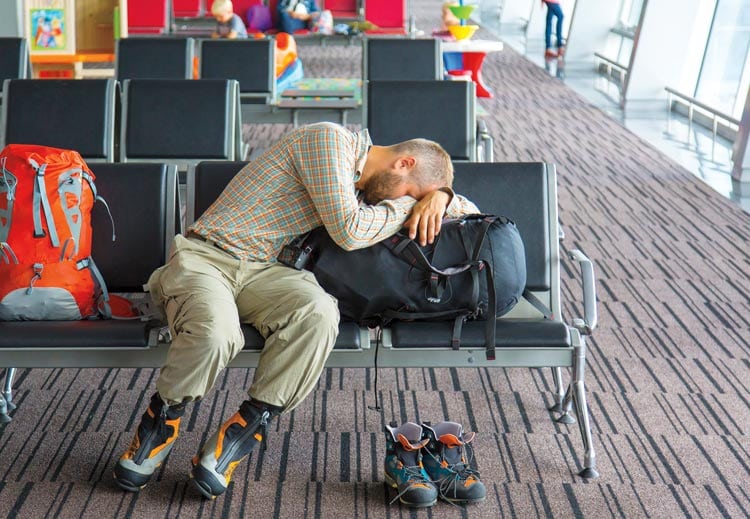
When it comes to outdoor adventure vacations, there are many variables that can throw curve balls. Flight delays and lost luggage, unpleasant weather, cultural and language barriers, faulty equipment, slow hunting and fishing conditions, and even things such as food poisoning and twisted ankles. A word to the wise is to do your best to be open-minded on these trips, sometimes exercising patience and flexibility, and showing courtesy and compassion to those around you when dealing with challenging circumstances. In a bit of a weird way, part of the excitement of these trips should be the uncertainty and unknown, so working through those travel features by leveraging a flexible and adaptive frame of mind will work to your advantage, while also allowing you to enjoy a more stress-free experience from start to finish.
Have your own wildlife business-related question? Ask Greg here!
